
Sixteen years ago, THE NIGHTMARE BEFORE CHRISTMAS was released and opened wide the imaginations of a generation of movie lovers. While novices still believe that Tim Burton directed the film, the cinephiles among us realize that a talented Disney animator (and MTV commercial creator) named Henry Selick brought to life the dark fairy tale.
After trying his hand at live-action pictures (JAMES AND THE GIANT PEACH and MONKEYBONE), Selick has returned fully to the world of stop-motion animation with CORALINE. Based on the book by Neil Gaiman, CORALINE tells the story of a young girl’s journey into a dream world, which in true Selick-style has both magical and sinister elements (accentuated by fantastic 3-D). I sat down for an all-too-brief chat with Mr. Selick in New York to discuss the challenges of making what is his most ambitious film yet.
Henry Selick
When was your first exposure to CORALINE, and what attracted you to it?
SELICK: I got the manuscript about eight years ago, it wasn’t published yet. And I felt the very first time I read it- I could see it as a film. It had this universal hook; everyone imagines a different version of their life at some point. A different wife, a different mother and father, if only this, if only that. I liked that hook, that everyone has that experience. And there was a kind of deliciousness to it, it’s kind of like ALICE IN WONDERLAND meets HANSEL AND GRETEL – but it’s very modern. It’s a modern fairy tale. Neil’s delicious details were like breadcrumbs along the trail of the story.
So it was being envisioned as a movie before the book even came out?
SELICK: I think Neil said to his agent “Send it out to Henry Selick and Tim Burton”, and I happened to get back to him faster than Tim. I saw it as a movie right away. I think for Neil it was “Well what do those people think, do they think it could be a film?” I saw it as a film immediately.

Was he involved with the film at all?
SELICK: Neil was an occasional barometer. I learned at the very start that if I stayed too close to Neil, he’s such a fine writer, it was intimidating. My first draft was too faithful to the book, and when I went off and started changing things, that’s when Neil liked it better. It wasn’t what I would call a collaboration, but I’d send him every new draft, I would send him character designs, I’d show him story reels – it was important to do a check-in with him. He came out to the studio a few times, and he was really great. He was supportive of what we were doing, and always would have one or two comments that were always right, and doable. They weren’t things like “Oh great, but you should have told me a year ago.” So he was peripheral, but very important.
What did he think of the additions and changes you made to his story?
SELICK: Neil for the most part has been very supportive. He understood why the changes were made, and I think he also knows that I was always trying to hold on to the heart of the essence of the book. A lot of details, a lot of dialog, a lot of things are exactly the same.
What did he think of the final product?
SELICK: I flew out to his stomping grounds in Wisconsin, I was just there about two weeks ago, and showed it to Neil and his family, his two daughters who inspired the writing of CORALINE. It went over great, I think. I was very happy.
So many people come together to work on a film like this. Are you instrumental in choosing every single person that is involved?
SELICK: There aren’t tons of stop-motion people in the world. One-third of the crew were veterans going back to NIGHTMARE BEFORE CHRISTMAS, and earlier. Some of those folks I worked with on MTV things and commercials – the Pillsbury Doughboy – we did a million of those in 1989. A third were Laika-based, Portland, Oregan-based. And then a third were international. A lot of Brits, Canadians, a couple from New Zealand, Belgium. It was sort of three distinct groups, so it took months to get everyone in a groove.

I’m interested in your relationship with your Director of Photography, because I know you’ve worked together for close to 20 years. Can you tell me what the process is between you and him on a film like CORALINE?
SELICK: Our D.P. was Pete Kozachik, who is fantastic. When I first worked with him when we were doing commercials, it was as a motion-control operator, he comes more from a technical background rather than artistic, but certainly has learned all aspects of cinematography. He designed the main motion-control camera rigs for this film that were custom made. There’s always technical aspects to these films that Pete dives into and wrestles with and comes up with solutions to. And then together we work on the look of the film, what I’m going for emotionally. There’s a great book by [cinematographer] Vittorio Storaro, I would mark things in there and show them to Pete, and Pete would find things to show me from other films and still photography. Pete knows how to light a Tim Burton film in his sleep. It took a while to find out what would tell the visual story best, in terms of lighting and camera.
If you had to choose one, what would you say was the most difficult sequence to create?
SELICK: Quite a few challenges. In the climax of the third act, between the Other Mother and Coraline while Coraline is trying to save her parents, she stomps the floor and the floorboards fly out and there’s this giant web, a metal spiral and a white limbo beyond. That was very hard to design. How do we make this thing? How do we move it? How does it look like it’s bowing and swaying, extending, compressing? How do the animators get inside? It was super challenging.
How long does it take to do a sequence like that?
SELICK: Well, it overlaps. We start figuring out the mechanics of the rigging and set, several months before we get this stuff solved, and then shoot. It’s six months of time, but then shooting time might have been two and a half months.
And there are different sequences being filmed at the same time, correct?
SELICK: Oh yeah. This is a very ambitious project with many, many set-ups going at the same time. I worked with as many as thirty different animators, I’ve never had that many before. Seventeen is about the most I’ve ever worked with before. We started with many of the simplest sets and shots. Coraline in the real world, in the kitchen, a lot of dialog, because we didn’t know how we were going to build the rest of it. You get a cornerstone and you kind of build up from there.

What was it like working with 3D on a stop-motion film? I liked that the 3D in CORALINE not just about trick shots and things popping out at you, it’s about the background, the depth of the world.
SELICK: 3D was something I have a long history with. I did something with Lenny Lipton – who is like the godfather of modern 3D technology – for Viewmaster twenty years ago, a little rock video. So I’ve kept up with Lenny and along the way I realized that 3D was the best way to capture stop-motion, real stuff, real sets. I wanted it to be an experience where it was story-based, and in the same way that Coraline is drawn into this other world, I wanted the 3D to serve the same purpose. So it’s in going to this other world that we turn up the 3D. We actually built the sets deeper, so it was this idea of inviting you deeper into this space, rather than thrusting things out, into the theater. We do it a couple of times too.
Well that’s fun too. I’m curious what you’re up to now. Are you working on anything, or do you have to take a three year break?
SELICK: I am going to be a producer on – our head storyboard artist Chris
Butler has a great original story called PARANORMAN. It’s kind of a
funny zombie story. He’s doing a second draft of the screenplay, he
has some artists working with him, designing the characters – that’s
the first order of business, is to get that project up on its feet and
going. I have a couple of other things, but the primary one is an older
Philip Pullman kids book called COUNT KARLSTEIN. I’ve got a film story
worked out and I’ll eventually write a screenplay and start
designing.
I’d like to thank Henry Selick for his time and graciousness. CORALINE opens everywhere on FEBRAURY 6th.


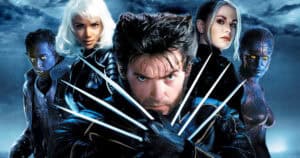


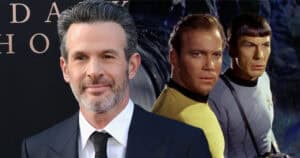

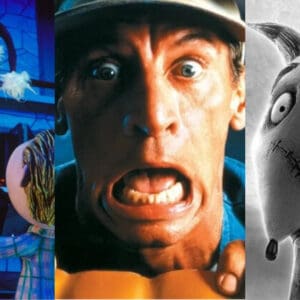
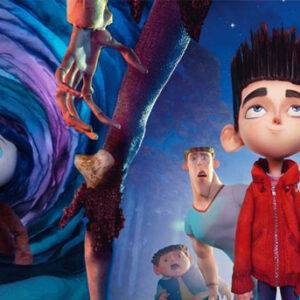

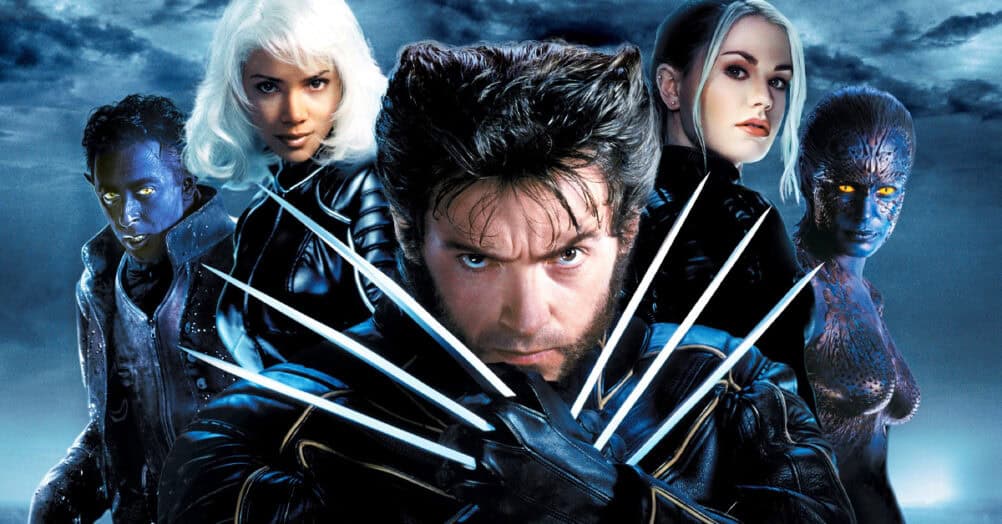

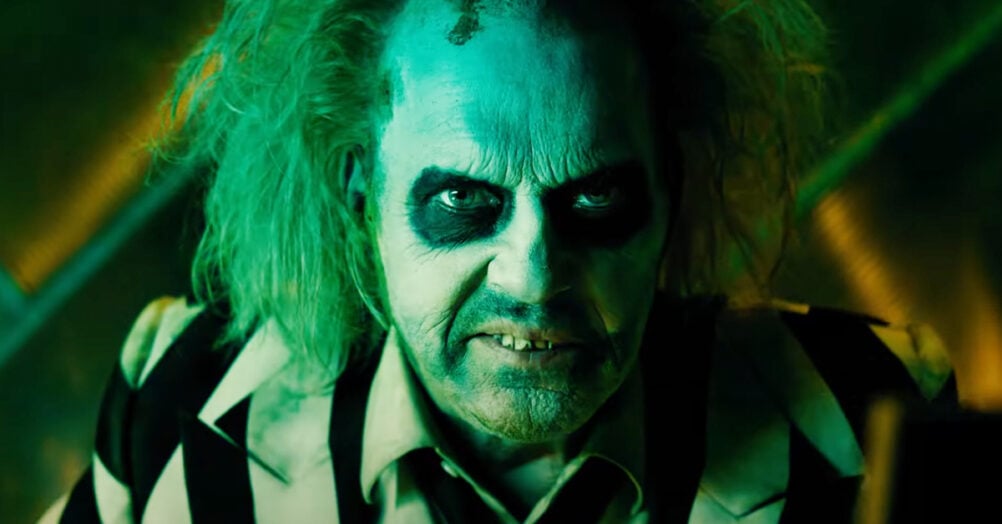
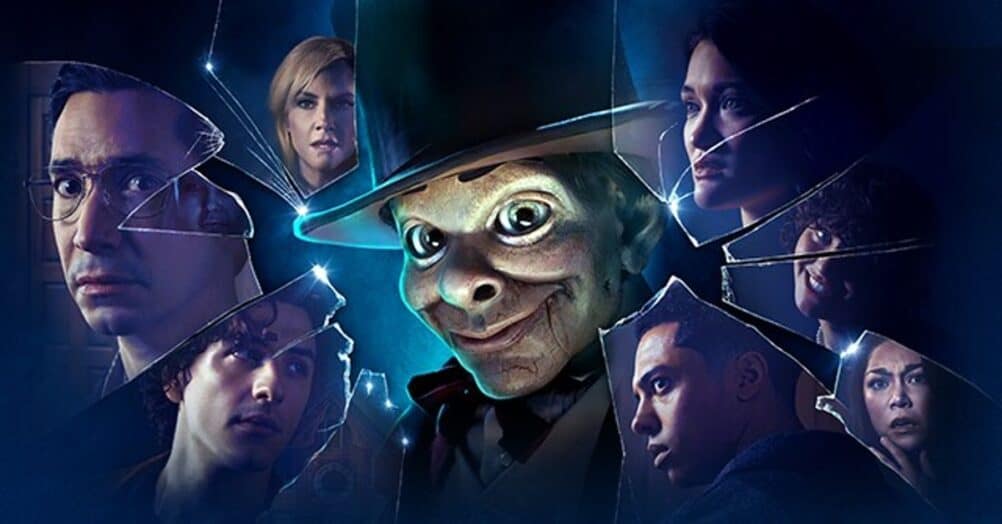
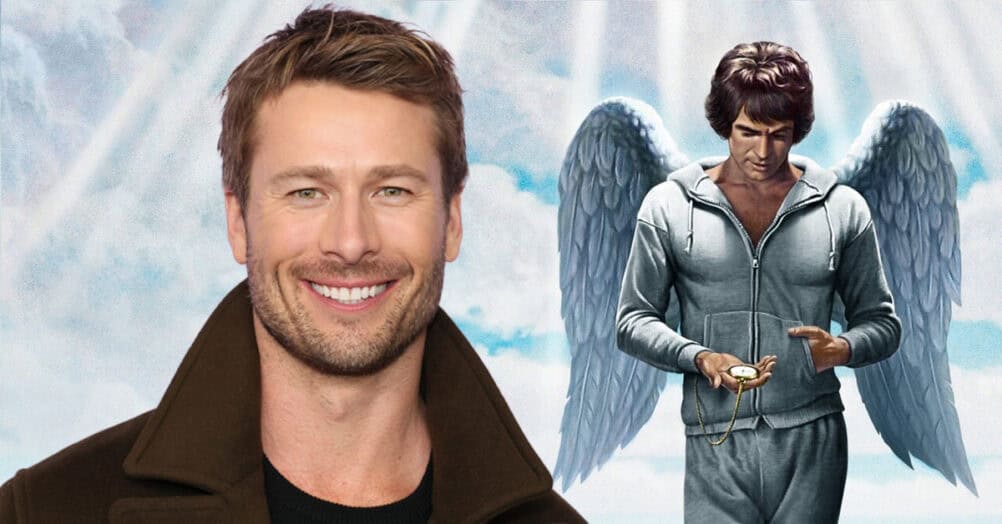
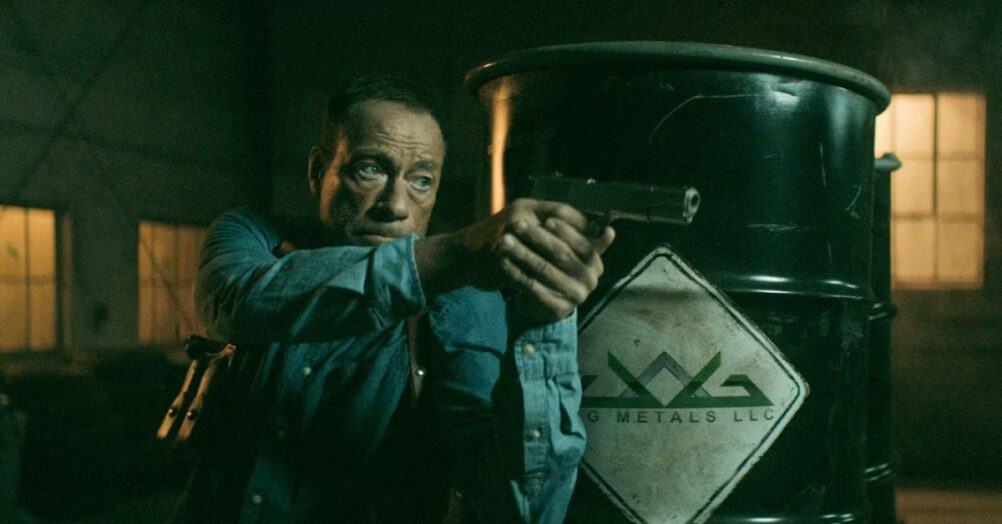
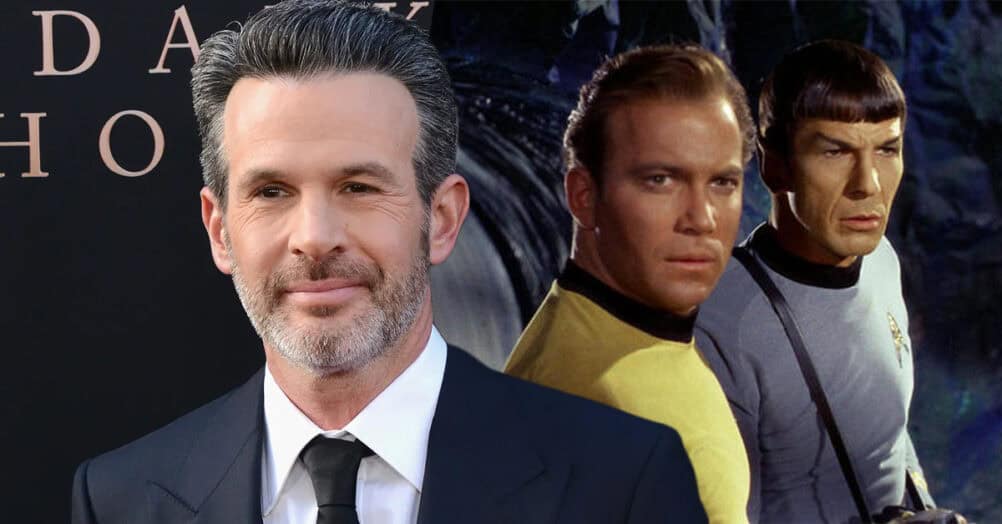

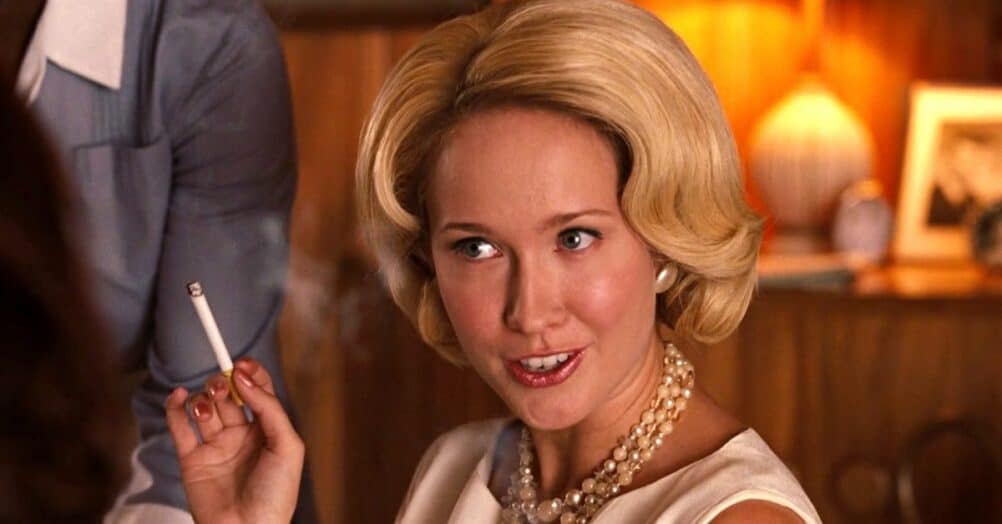
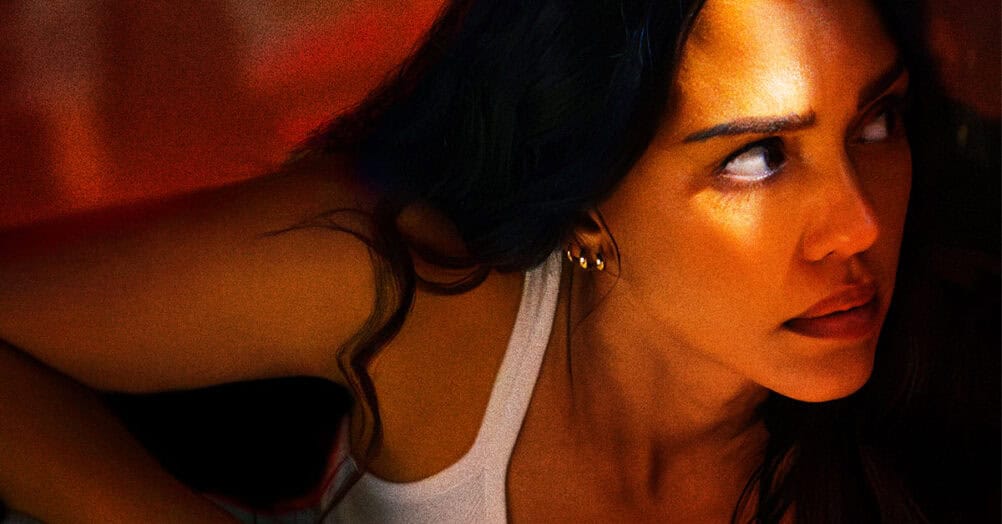
Follow the JOBLO MOVIE NETWORK
Follow us on YOUTUBE
Follow ARROW IN THE HEAD
Follow AITH on YOUTUBE